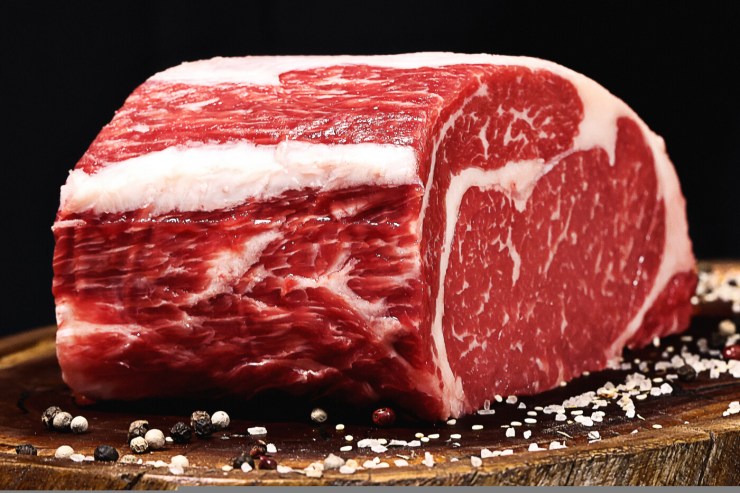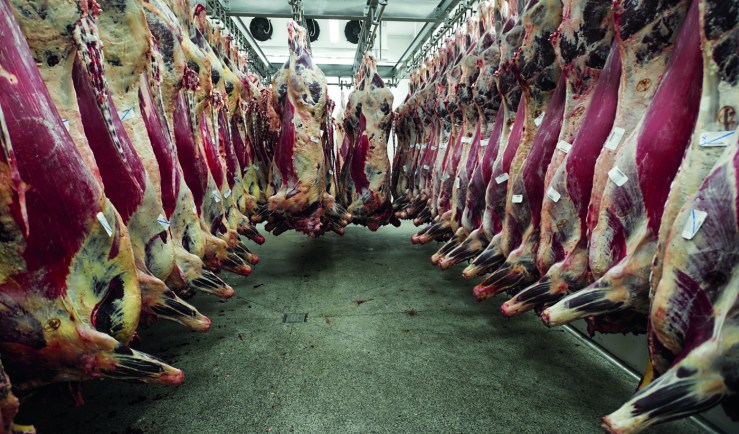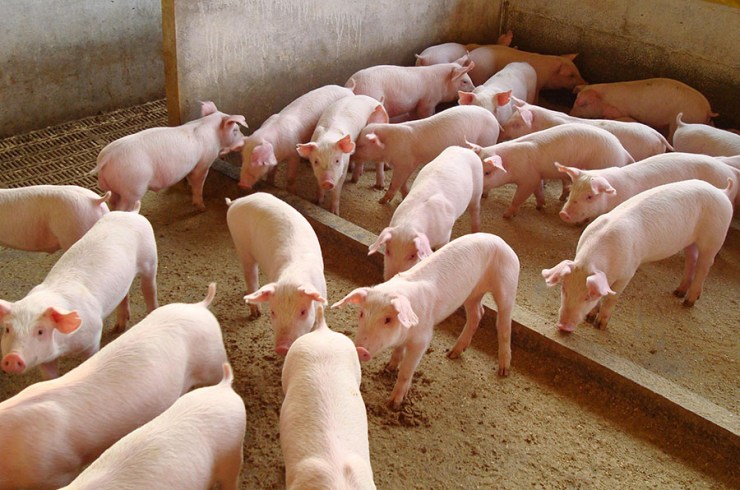With a reasonable gap between pig production costs and animal prices, margins should remain favorable, even if the pressure from corn does not moderate in the short term. Added to this is the good pace of exports to several countries, in addition to possible external opportunities arising from the tariff escalation in the United States.
Meat prices in China continue to fall. Wholesale pork protein in China cost 6.4% less in the first half of March compared to the beginning of the year. The Asian country also started the year with lower purchases from Brazil, being one of the only destinations, along with Chile, with a drop in shipments in the first two months, which has been more than offset by large sales to the Philippines, Hong Kong and Japan, mainly.
The USDA's outlook for China, the largest producer and global consumer, is that domestic pork consumption will be 2% lower this year. However, in a recent update of supply and demand data by the USDA attaché in China, the expected drop in production was mitigated, due to the increase in slaughter weight. As a result, consumption is likely to decline less than previously forecast. Imports are expected to remain stable, at around 1.3 million tons this year.
Despite this more timid scenario for Brazilian pork exports to China, Brazil may eventually seize opportunities given the imposition of 10% tariffs by the Chinese on American products. The United States was a major exporter of pork meat and offal to China in 2024. In addition, there is Mexico, a partner that has been increasing purchases from Brazil and is the largest importer of American pork.





